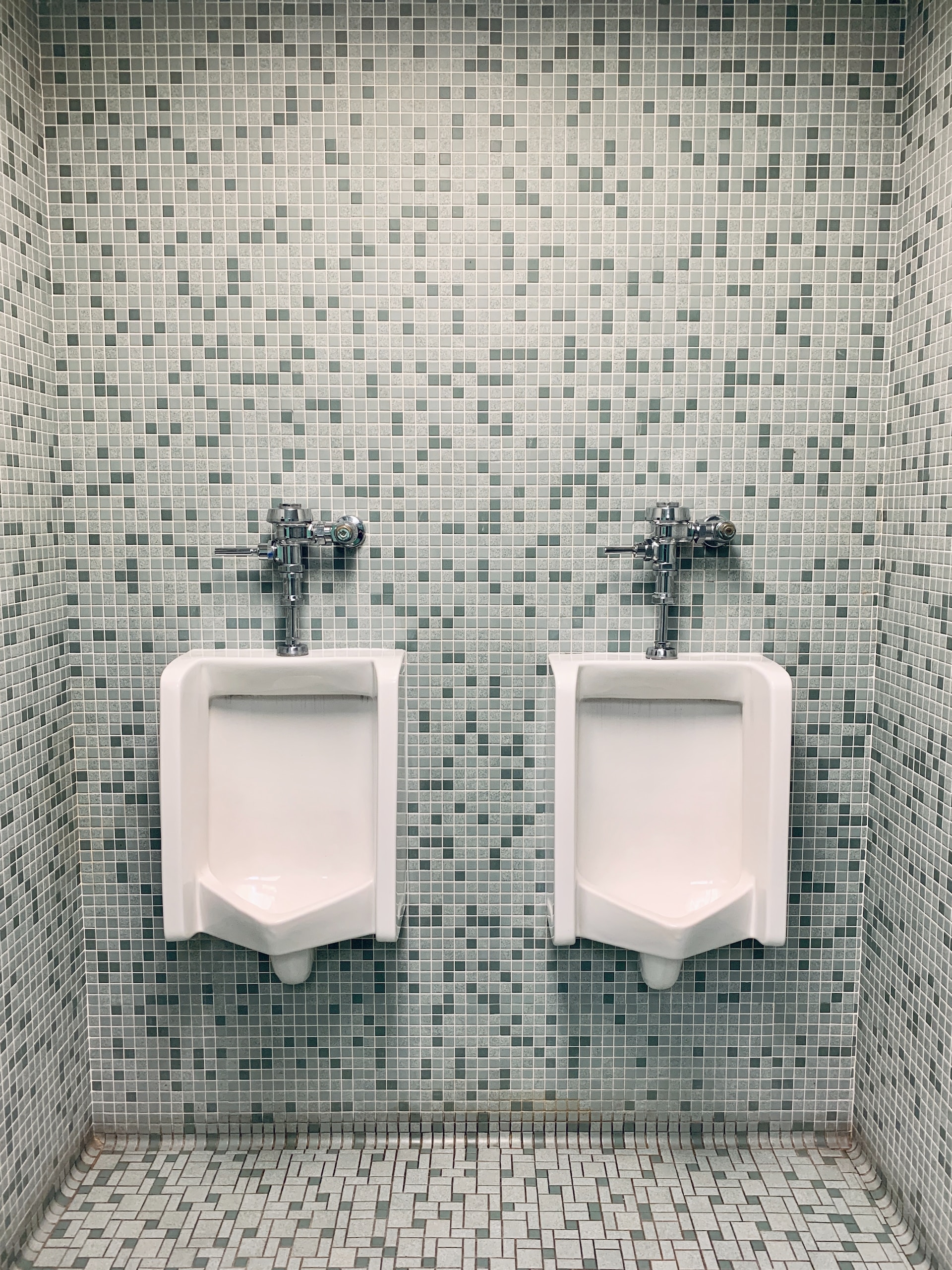“Paruresis,” commonly known as “pee-shyness” or “shy bladder syndrome,” is a condition that affects countless individuals worldwide. While it might not be a topic openly discussed, it’s a reality for many people. If you’ve ever found yourself struggling to urinate in public restrooms or even in the presence of others, you’re not alone. This article aims to shed light on this issue and provide practical strategies to help you overcome it.
Understanding Paruresis:
Paruresis is a psychological condition characterized by an intense fear or anxiety about urinating in public or around others. This condition can range in severity, from mild discomfort to complete inability to urinate in certain situations. It often stems from social anxiety and the fear of being judged or watched while using a restroom.
Strategies to Deal with Shy Bladder:
While dealing with shy bladder syndrome can be challenging, there are several strategies that you can implement to help alleviate your anxiety and gradually overcome this condition:
- Relaxation Techniques: Practice relaxation techniques such as deep breathing, meditation, or progressive muscle relaxation. These techniques can help you manage your anxiety and reduce the physical tension that contributes to your difficulty in urinating.
- Positive Visualization: Before entering a restroom, visualize yourself successfully using the facility without any hesitation. Imagine yourself feeling calm and confident while using the restroom. This positive visualization can help rewire your brain to associate the restroom with positive emotions rather than anxiety.
- Gradual Exposure: Gradual exposure is a therapeutic technique that involves exposing yourself to increasingly challenging situations over time. Start by visiting restrooms in less crowded places where you feel more comfortable. As you become more at ease, gradually work your way up to more crowded environments.
- Distraction Techniques: Engage in distracting activities while in the restroom, such as counting, reciting a poem in your head, or even playing a mental game. These activities can divert your attention away from the anxiety-inducing thoughts and make it easier to urinate.
- Use Sound-Masking Techniques: Running water or using white noise apps on your smartphone can help mask the sounds of urination, making you feel less self-conscious about being heard by others.
- Desensitization: Over time, repeatedly exposing yourself to triggering situations can help reduce your anxiety. Challenge yourself by intentionally putting yourself in situations that trigger your shy bladder response and practice relaxation techniques while doing so.
- Counseling and Therapy: If your shy bladder symptoms are severe and impacting your daily life, consider seeking professional help. Cognitive-behavioral therapy (CBT) and exposure therapy are effective treatments that can help you address the underlying anxiety and gradually overcome your fear.
- Support Groups: Joining support groups or online communities of individuals dealing with shy bladder syndrome can provide you with a sense of camaraderie and understanding. Sharing your experiences and learning from others can be incredibly empowering.
Patience and Persistence:
Dealing with shy bladder syndrome requires patience and persistence. Remember that overcoming this condition is a gradual process, and setbacks are normal. Celebrate even small victories and be kind to yourself throughout the journey.
Final Thoughts:
Shy bladder syndrome can be distressing, but it’s important to know that you’re not alone in facing this challenge. By implementing relaxation techniques, positive visualization, gradual exposure, and seeking professional support when necessary, you can work towards overcoming your anxiety and regaining your freedom in public restrooms. The key is to approach the process with compassion, determination, and a belief in your ability to conquer this hurdle.

Leave a Reply